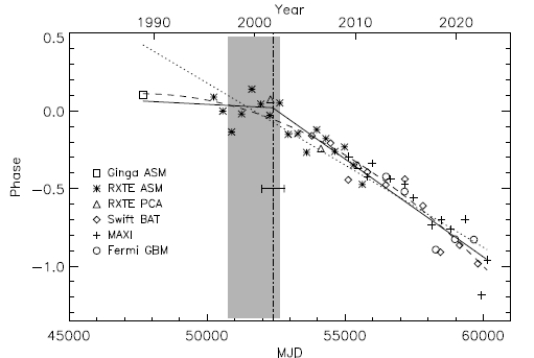












中大及其他天文台
News
- 2025-11-25
[天文所公告] 115學年度天文所碩士班考試招生 - 2025-11-07
[天文所公告] Google Workspace for Education 開始實施閒置帳戶政策 - 2025-10-20
[天文所公告] 115學年度天文研究所碩士班甄試入學口試公告 - 2025-09-11
[天文所公告] 115學年度碩士班甄試招生
Recent Research + more
Honor+ more
- 恭賀本所饒兆聰教授、潘彥丞副教授榮獲115年度本校學術研究傑出獎! (2025-12-30)
- 恭賀 本所博士班潘德吉(Bhattacharjee, Snehasish)同學獲得 114學年度第1學期國立中央大學優秀學生獎學金 (2025-11-14)
- 恭賀本所恭賀本所潘彥丞老師、陳婷琬老師榮獲中央大學114年優良論文貢獻獎。
恭賀本所恭賀本所木下大輔老師榮獲中央大學114年論文進步獎。 (2025-11-12)
Academic Event
- No Meeting & Workshop
 Colloquium
Colloquium
- No recent colloquium
 Special Talk
Special Talk
- No recent Special Talk
- No recent Journal Club
Visiting Scholar + more
- Prof. Xinlin Li (2026-05-05~2026-05-11)
- Prof. Norbert Werner (2026-04-15~2026-04-15)
- Dr. Choi-Wei Tsai (2025-12-22~2026-01-06)






















